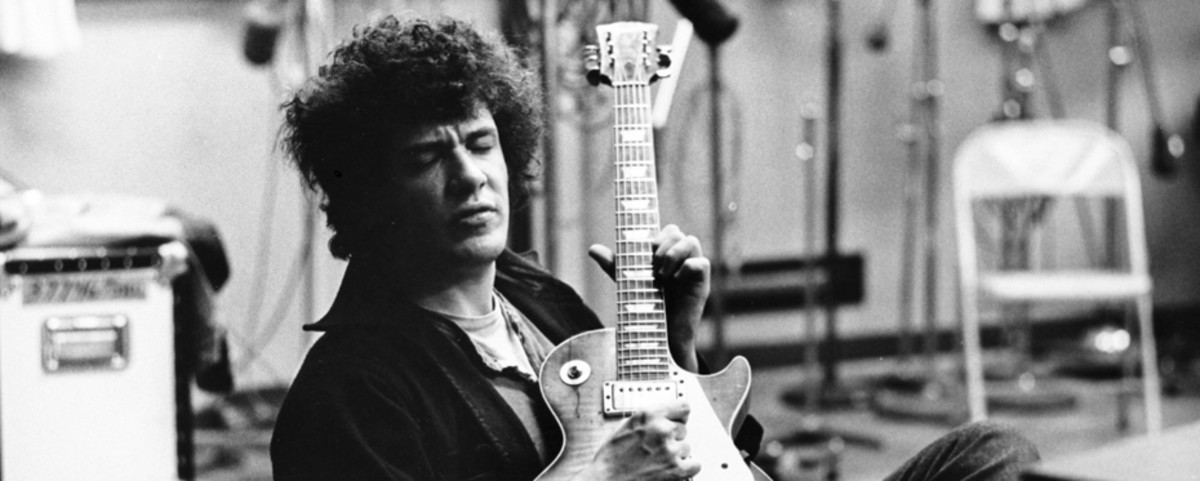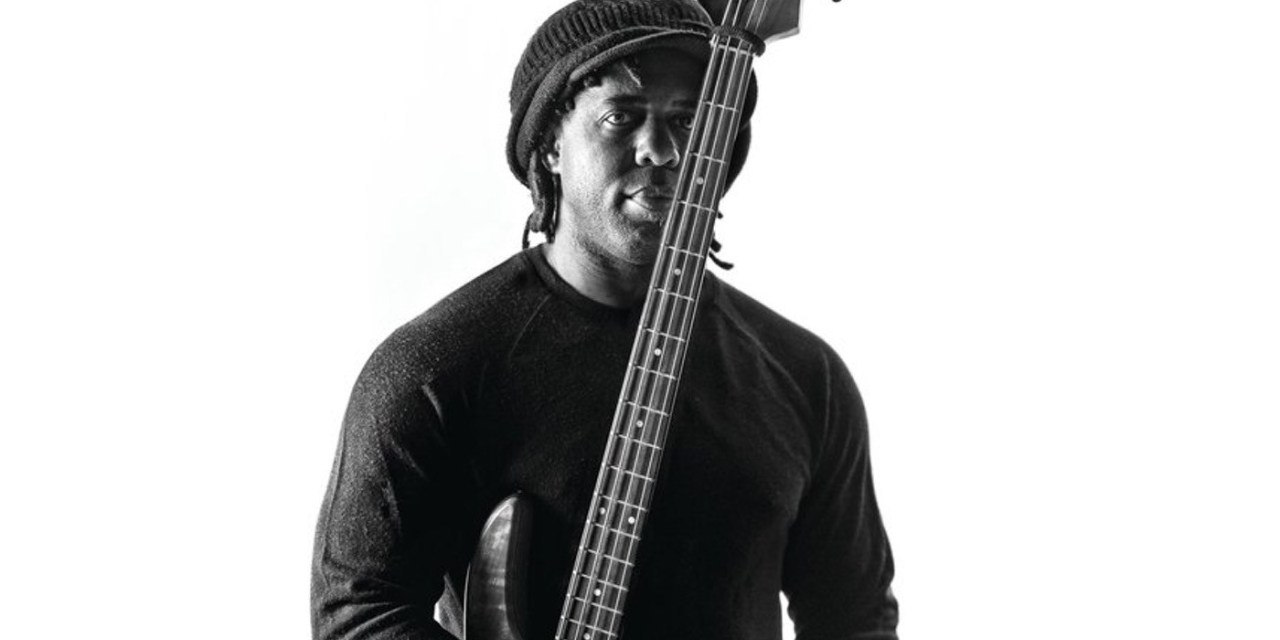If you’re over the age of 35 you probably remember being taught to write with an ink pen or fountain pen at school. You may also remember the endless hours spent practicing this now somewhat forgotten art and probably wondered why on earth you were made to do it; and why you were never allowed to lift the pen off the page.
I believe there’s something to be learned from the practice ethic involved here; learning to write in ink (certainly in the days of inkpots) trained the writer to not make mistakes. You couldn’t make a mistake because there was no way to erase it, and if you happen to be manufacturing books, you’d probably have been out of a job.
Old School Practice Technique 1: Practice it until you can’t play it wrong; go beyond perfection into the realm of obsessive-compulsive flawless reproduction of whatever it is you’re currently working on.
It has also been reported that;
“… learning to write in cursive is shown to improve brain development in the areas of thinking, language and working memory. Cursive handwriting stimulates brain synapses and synchronicity between the left and right hemispheres, something absent from printing and typing.”
http://www.nytimes.com/roomfordebate/2013/04/30/should-schools-require-children-to-learn-cursive/the-benefits-of-cursive-go-beyond-writing
Old School Practice Technique 2: Work on developing your creative flow; when improvising don’t take your hands off the fretboard, keep playing until you get to the good stuff. There’ll come a point when you’re really listening to what you’re playing rather than playing all the dots.
Back in the Day
If you started playing guitar 30+ years ago information was hard to come by, which left you with little choice but to seek out a great teacher or work things out for yourself. If we go back a little further we find players like Jeff Beck, Eric Clapton and Jimmy Page doing everything they could just to get their hands on an instrument so they could work out all the early blues stuff they were devouring, as if it weren’t difficult enough to get hold of in the first place.
Old School Practice Technique 3: Use your ears; throw out your tab books, stop looking up tabs on Songsterr, forget YouTube, and disconnect from the internet. It’s just you and the music; work it out by ear no matter how many times you have to listen to it. This was what the greats had to do and is a huge part of what makes them great.
Classic Material
There wasn’t an awful lot of guitar instruction material around in the old days but there are a fair few truly great books that have stood the test of time.
Old School Practice Technique 4: Use Classic Material; There’s nothing old school about the plethora of guitar instruction books that have come out in the last few years replete with CDs, backing tracks, video, slowed-down solos, apps etc. Go old school by getting your hands on the following classic guitar books used by many of today’s great players:
Mickey Baker’s Complete Course in Jazz Guitar (1955) (Recommended by Robben Ford)
Chord Chemistry by Ted Greene (1971) (The Chord Bible)
The Advancing Guitarist by Mick Goodrick (1987) (Recommended by Mike Stern)
For the Love of It
One thing great guitarists have in common is that they were passionate, not only about the guitar, but about a particular style of music. I’m not saying today’s players aren’t passionate, but a lot of the old school players were driven by the music, the guitar being the tool that produced that music. Their skill and technique were a by-product of their desire get deeper and deeper into the music they practically worshipped.
Old School Practice Technique 5: Get Passionate; forget about technique for the sake of it and pick a particularly challenging piece from a musical genre you’re passionate about. Sit down with the music and work out what’s going on without looking anything up on the internet! I guarantee it’ll be a rewarding experience



